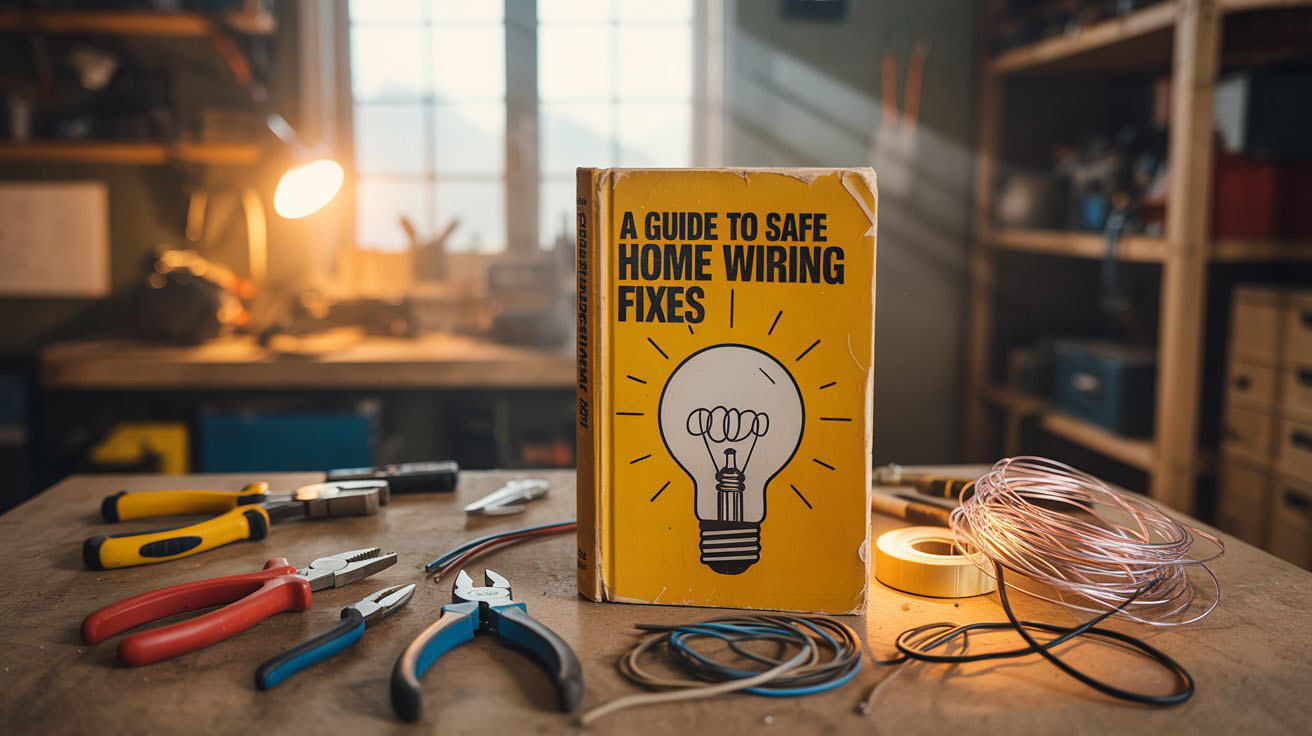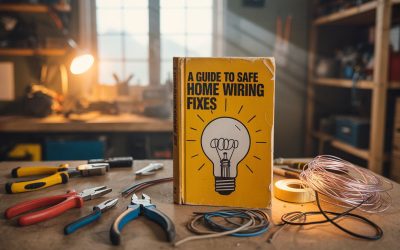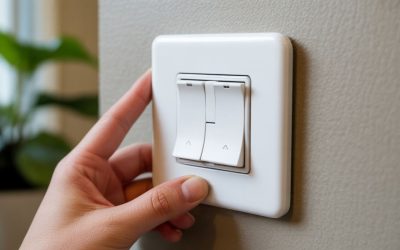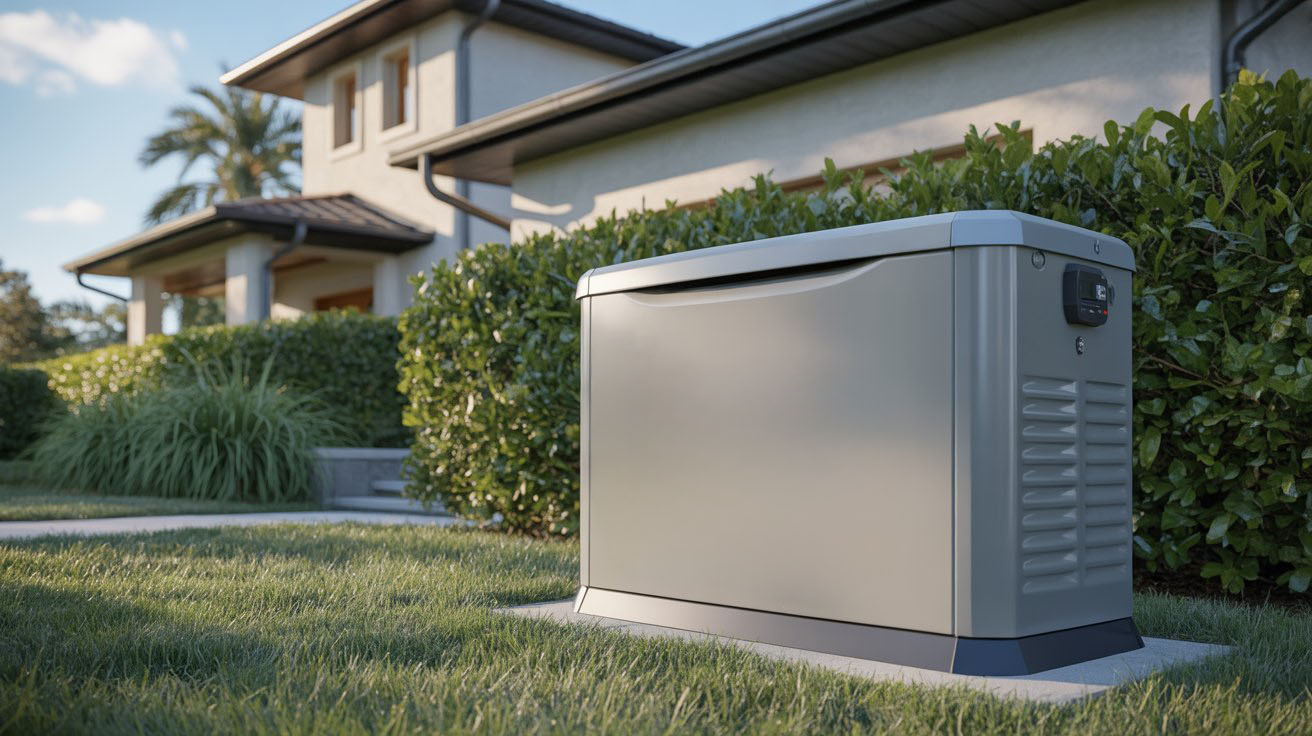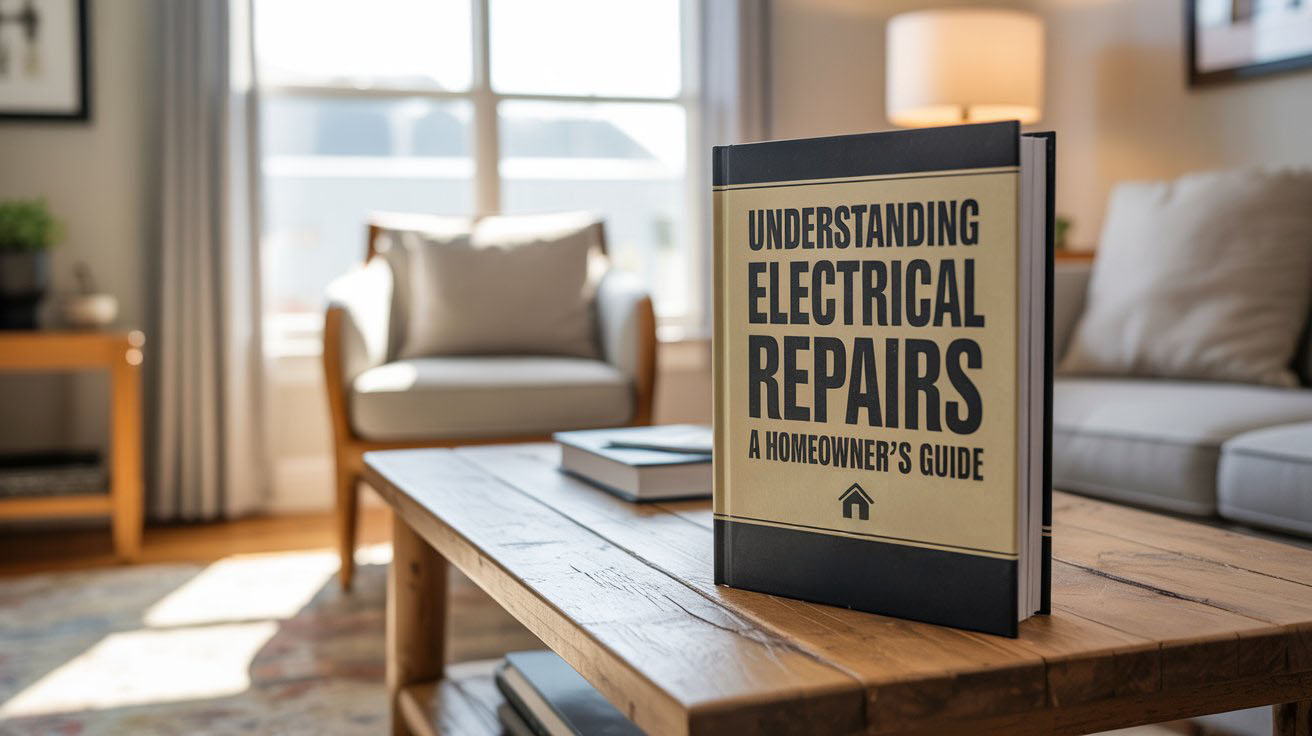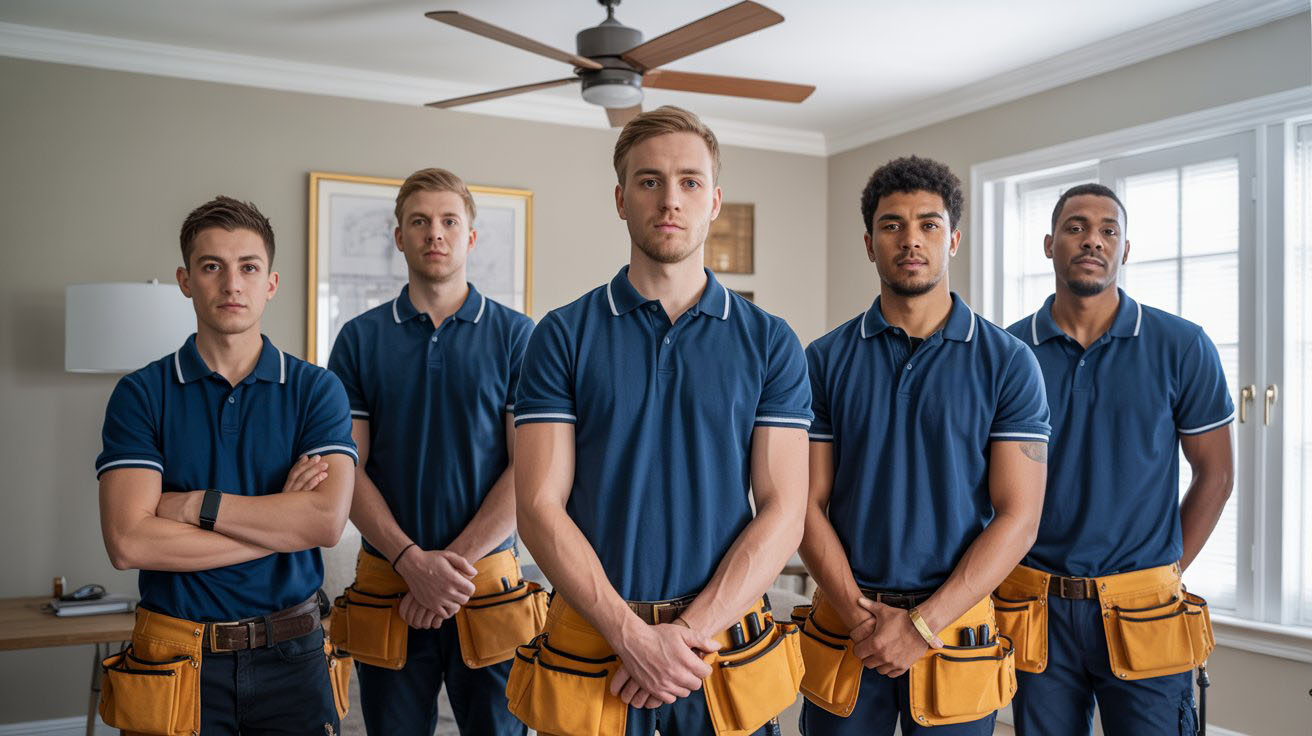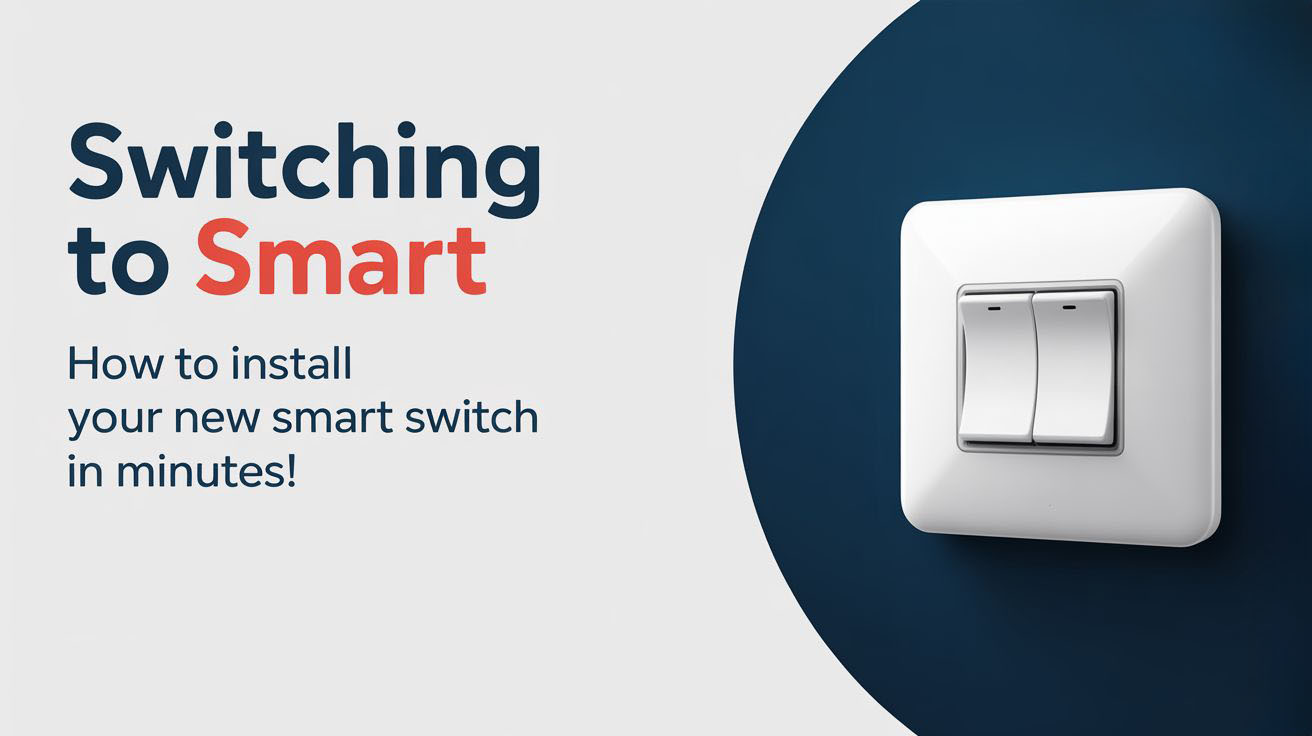- What Electrical Troubleshooting Means in Tampa
- Quick Fixes You Can Try Safely at Home
- When to Call a Licensed Electrician in Tampa
- Tampa-Specific Issues: Storms, Salt Air, and Heat
- Understanding Your Breaker Panel and GFCIs
- Permits, Codes, and Inspections in Tampa Bay
- Costs, Timelines, and How to Prepare for a Service Visit
- Key Takeaways
- FAQs
What Electrical Troubleshooting Means in Tampa
Electrical troubleshooting means finding the cause of a problem and fixing it in a safe way. In Tampa, this often starts with simple checks. It may involve your breaker panel, a switch, an outlet, or a light fixture. It can also involve weather issues, like storms and high humidity.
Homes in South Tampa, Seminole Heights, and New Tampa can have different wiring types. Older homes near Ybor City may have older outlets or panels. Newer homes in Wesley Chapel or Westchase may have more smart devices and larger loads. Each home needs a plan that fits its age and setup.
Quick Fixes You Can Try Safely at Home
Before you call for help in Tampa or nearby Clearwater and Brandon, try these safe steps. Do not open wiring or work on live parts. If something smells like burning, stop and call right away.
- First check: See if a breaker is tripped. A tripped breaker sits between ON and OFF. Turn it fully OFF, then back ON.
- Reset test: If a GFCI outlet near a sink or outside is tripped, press RESET. Check bathrooms, the garage, and the patio.
- Device test: Unplug the item that was in use. Try it in a different outlet. If it trips again in the new spot, the device may be bad.
- Bulb check: Make sure the bulb wattage matches the fixture. Tighten the bulb. Replace if it still flickers.
- Load check: Use fewer high-use devices on one circuit. Space heaters, hair dryers, and microwaves can overload a circuit.
If your breakers trip often, there may be a deeper issue with the circuit. In that case, learn more about fixing circuit breaker problems and plan a visit.
When to Call a Licensed Electrician in Tampa
Some problems are not safe for DIY. Call a licensed Tampa electrician if you see scorch marks, smell burning, or hear buzzing from a panel or outlet. Call if a breaker trips right away after reset, or if lights dim when your AC starts.
Storms in Tampa and St. Petersburg can cause surges and damage. After a nearby lightning strike, you may need an inspection. If damage is found, you may need professional electrical repairs to keep your home safe.
If the power is out on your whole street, call Tampa Electric (TECO) for an outage report. If only your home is out, and the main breaker is on, call a pro to check the service and panel.
Tampa-Specific Issues: Storms, Salt Air, and Heat
Tampa Bay has fast storms and many lightning strikes. Surges can harm lights, fridges, AC units, and smart gear. A whole-home surge protector can help. Many homeowners in Davis Islands, Harbour Island, and along Bayshore use them to protect from spikes.
Salt air near the coast can corrode metal parts. Outlets and exterior boxes may rust. Heat and humidity in summer can stress outdoor panels and disconnects. Keep outdoor gear covered and sealed, and schedule checks if you see rust or white powder on metal parts.
To protect your home from storms, consider surge protection as part of your plan. It adds a layer that can save costly devices during summer storms.
Understanding Your Breaker Panel and GFCIs
Your breaker panel controls power to each room. Labels help you find the right circuit. If labels are missing, ask your electrician to map them. A clear map helps during storms and fixes.
GFCI outlets protect wet areas like kitchens, bathrooms, laundry rooms, and patios. In Carrollwood, Temple Terrace, and Riverview, GFCIs are required in these spots. If a GFCI will not reset, a fault may still be present. Unplug devices, press RESET, then add devices one at a time.
- Panel tip: Keep the area in front of your panel clear by at least 3 feet.
- Test plan: Test GFCIs and AFCIs monthly using their TEST buttons.
- Safety note: If a breaker feels hot or smells odd, stop and call a pro.
For rules that guide panel and outlet safety, the National Electrical Code sets national standards many local areas use. You can also review ESFI home electrical safety tips for clear, simple guidance.
Permits, Codes, and Inspections in Tampa Bay
Many small fixes do not need a permit. But larger work often does. In Tampa and Hillsborough County, panel changes, service upgrades, new circuits, and major wiring usually need permits and inspections. The city or county will check that the job meets code and is safe.
Homes in St. Petersburg and Pinellas County follow local rules too. Your electrician will pull permits when needed and schedule inspections. This keeps you safe and helps with insurance claims after a storm.
Costs, Timelines, and How to Prepare for a Service Visit
Simple fixes can be fast. Many calls in Tampa take one to two hours. Bigger jobs, like adding a circuit or replacing a panel, take longer and may need a permit. Ask for clear pricing before work starts.
- Clear the area: Move cars, furniture, or storage that block the panel or the work area.
- List the problems: Note when the issue started, what devices were on, and what you tried.
- Have device info: Share model numbers for AC units, fridges, or EV chargers.
- Plan for power off: Some fixes need the power off. Charge phones and plan around fridges or fish tanks.
If your panel is old or overloaded, your electrician may suggest an upgrade. You can learn what is involved on our page about an electrical panel upgrade, including how it can help with future loads and safety.
Bringing It All Together for Tampa Homes
Safe troubleshooting starts small and stays careful. Tampa weather, salt air, and heat add wear to gear, so plan regular checks. Use GFCIs, label your panel, and watch for signs like burning smells or warm outlets. When in doubt, call a licensed pro to keep your family safe.
Main Points to Know
- Start simple: Check breakers, test GFCIs, and try a different device or outlet.
- Watch for danger: Burning smells, scorch marks, or hot panels mean call now.
- Storm ready: Surges are common in Tampa. Whole-home protection can save your gear.
- Know local rules: Many big jobs need permits and inspections in Tampa and Hillsborough County.
- Keep records: Label your panel and note past issues to speed up repairs.
Answers for Tampa Homeowners
If you live in Tampa, St. Pete, Clearwater, or Brandon, these answers can help you handle common issues fast and safely.
FAQs
Why does my breaker keep tripping in the afternoon?
High heat and AC loads can push circuits in Tampa’s summer. Space heaters in winter can also trip a breaker. Move a device to another circuit, or call a pro if it keeps tripping.
My GFCI will not reset. What should I do?
Unplug all items on that circuit. Press RESET, then plug items in one at a time. If it still will not reset, there may be a fault or wiring issue. Call a licensed electrician for a safe check.
Lights flicker when storms roll in. Is that normal?
Brief flickers can happen during storms, but steady flicker is not normal. It may be a loose connection or a utility issue. A pro can test the circuit and advise if you need surge protection or repairs.
I smell something burning near an outlet. What now?
Turn off the breaker right away. Do not use that outlet. Call an electrician. If you see smoke or fire, call 911.
Do I need a permit to add an outlet in my garage?
It depends on the scope. Small like-for-like swaps may not need a permit, but new circuits or GFCI/AFCI upgrades often do. In Tampa and Hillsborough County, your electrician can pull the permit if required.
Schedule Your Electrical Service Today
Need help now in Tampa, St. Petersburg, Clearwater, or nearby? We can check the problem, explain your options, and make your home safe. For fast, friendly service, please contact us and book a visit today.

